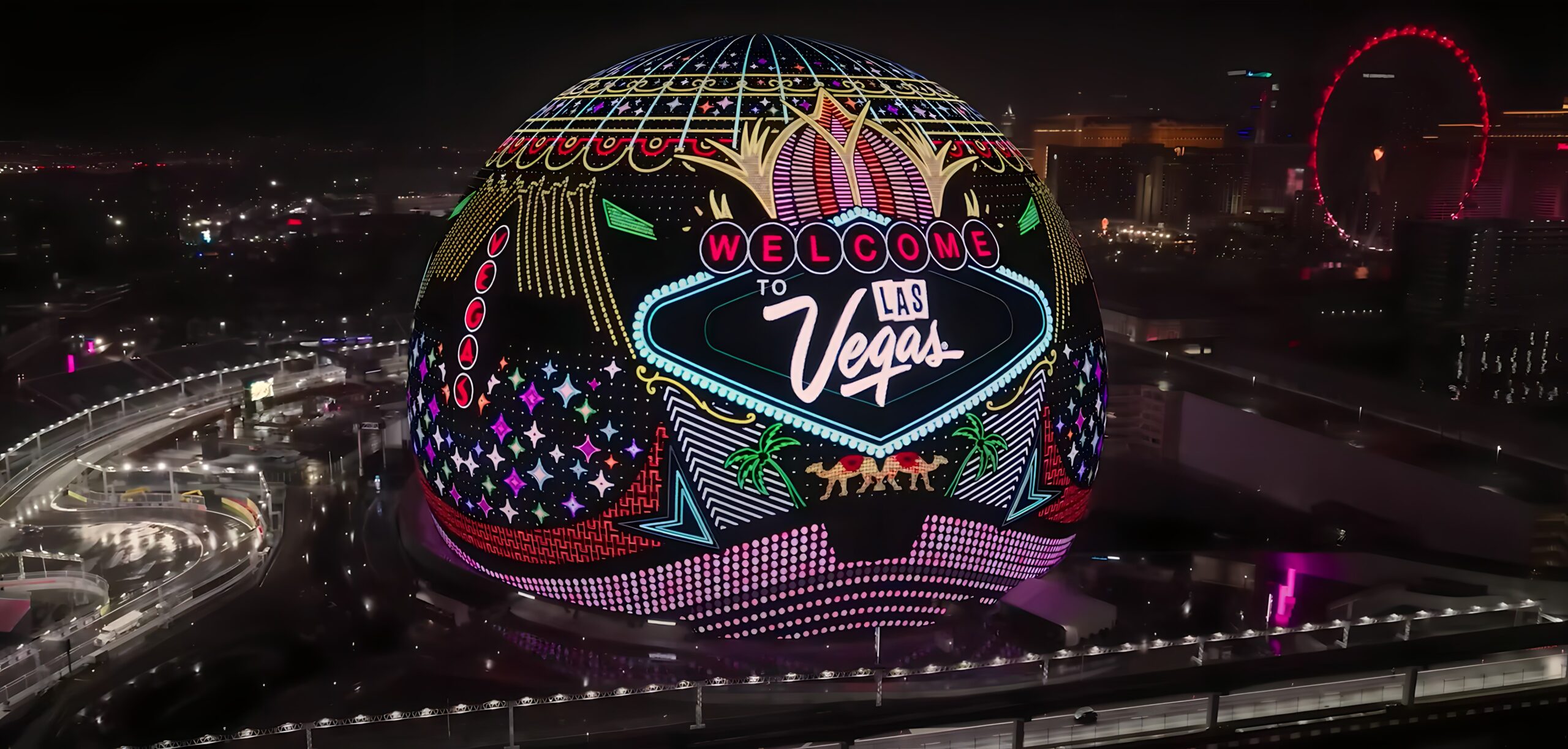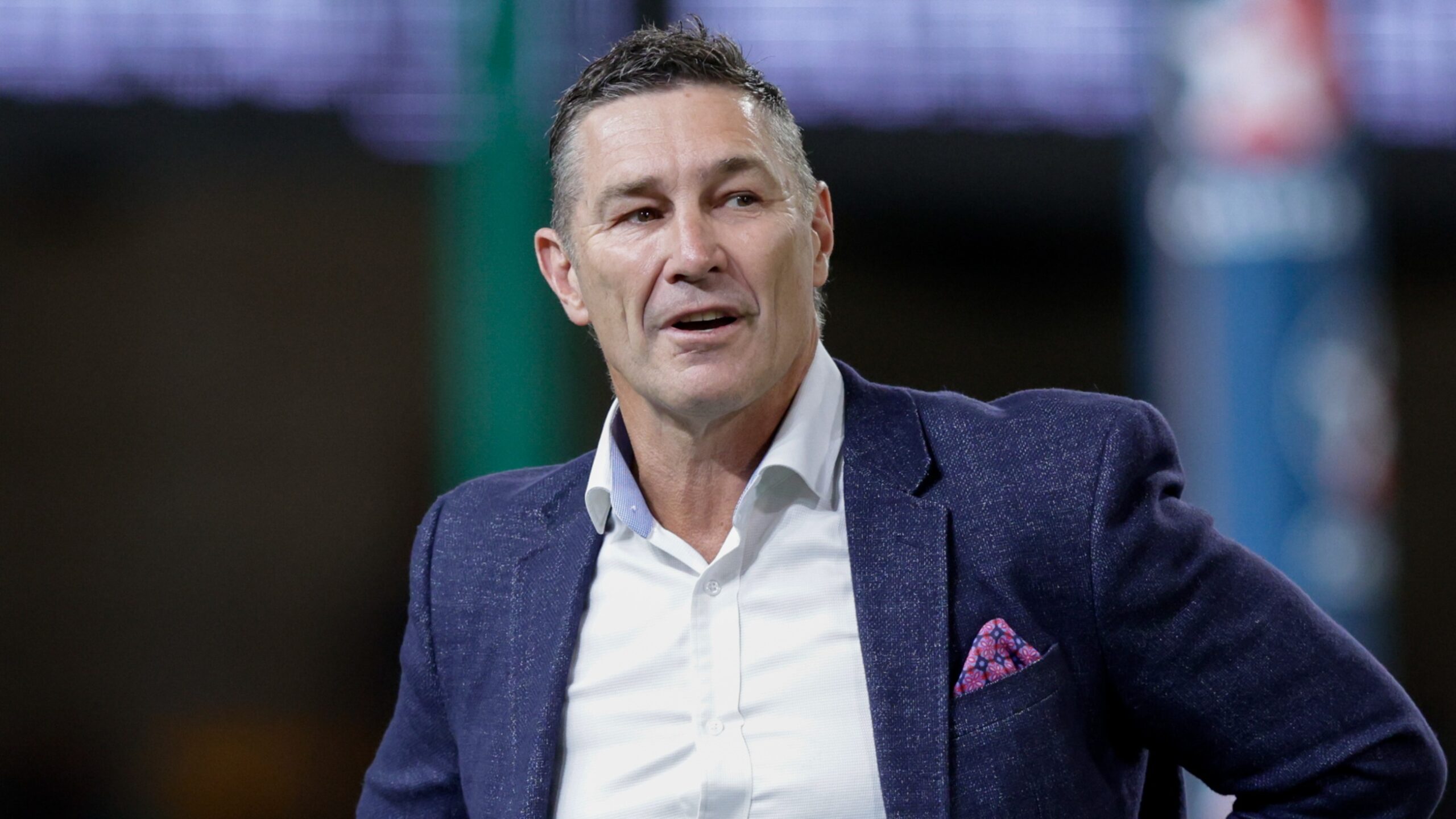Formula 1 continues to thrive via Americanisation strategy

By Lachlan Wills and Ava Stone
Formula 1’s full-throttle Americanisation surged ahead again in 2023.
In 2017, American company Liberty Media purchased F1 for US$4.6 billion, closing the curtain on British billionaire Bernie Ecclestone’s more than four-decade reign.
The European glamour sport had been flagging in the world’s most important sports market – average US viewership figures per race in 2018 sat at just 554,000.
But 2023 saw three of the four most-watched F1 broadcasts in US history, boasting a season average audience of 1.12 million per race.
Liberty – which also owns radio network Sirius XM and the Atlanta Braves baseball team – has Americanised the sport.
First Hollywood, then Vegas.
The Hollywood play saw the creation of Netflix documentary series Formula 1: Drive to Survive.
Season five of the behind-the-scenes show, released in February this year, garnered a total of 90.2 million hours of viewing time, making it the top-rating season/event docuseries on Netflix.
A 2022 Morning Consult poll found 53 percent of all F1 fans in the United States had become a fan because of Drive to Survive.
This year, Brad Pitt filmed an upcoming, as-yet-untitled Hollywood blockbuster centring on F1.
Lewis Hamilton – a producer on the movie – says this could have a seismic impact for the sport.
“We’ve already seen the great work and impact of the Netflix show, and I think this movie will take it to new heights beyond that,” the seven-time world champion told Esquire.
F1’s latest US media deal with Disney is worth US$85 million per year, for three years. The previous deal was worth just US$5 million per year.
In 2023, the US hosted three race weekends. No other country hosted more than one. Next year, only Italy will host two.
Liberty ploughed US$600 million into bringing motorsport’s showpiece to the glitter strip in Las Vegas for the first time.
“Vegas is the biggest F1 event so far,” Mercedes team owner Toto Wolff declared.
“The investment of what they’ve done is setting a new benchmark for the sport, which is good for us.”
With 315,000 fans in attendance, F1 head office says it will make more from ticket revenue on the historic race – which coupled Formula 1’s high-octane grit with trademark Las Vegas glitz, overcoming extensive scepticism in the lead-up – than any in its history.
The economic impact to Las Vegas itself is expected to top US$1 billion, with MGM vice president Andrew Lanzino telling local media the benefits were widespread.
“I think, regardless of where the (hotel) properties were located, whether it was near the track or not, they performed as if it was New Year’s Eve,” Lanzino said.
Las Vegas GP defies pre-race criticism to exceed expectations on and off the track.
Read more: https://t.co/ccZe9e1Bii#SportsBusiness #LasVegasGrandPrix #Formula1Season #SportNews
— Ministry of Sport (@ministryofsport) November 20, 2023
The New York Post has reported Formula 1 now has more financial partners and sponsors from the US than it does from England, Italy, Switzerland, Germany and France.
F1 revenue increased 24 percent year-on-year in this September quarter, to US$887 million, while overall operating income rose from US$64 million to US$107 million – though it should be noted this year’s September quarter did have an extra race compared to 2022.
F1 President and CEO Stefano Domenicali is pleased with the progress.
“F1 continues to experience sell-out crowds, record race attendance and strong growth across our social and digital platforms, outpacing that of other major sports leagues,” Domenicali said.
Now focus shifts to 2024 – and the continuation of F1’s burgeoning American influence.
It's free to join the team!
Join the most engaged community in the Sports Business World.
Get all the latest news, insights, data, education and event updates.






